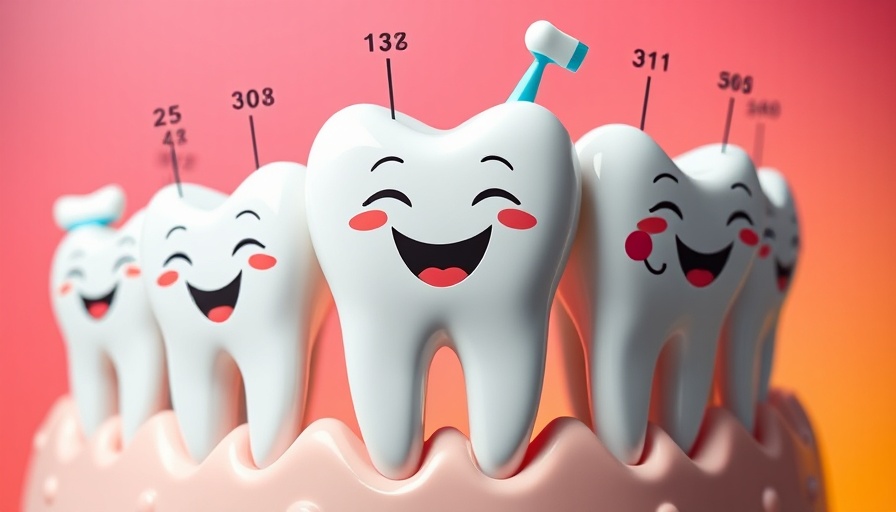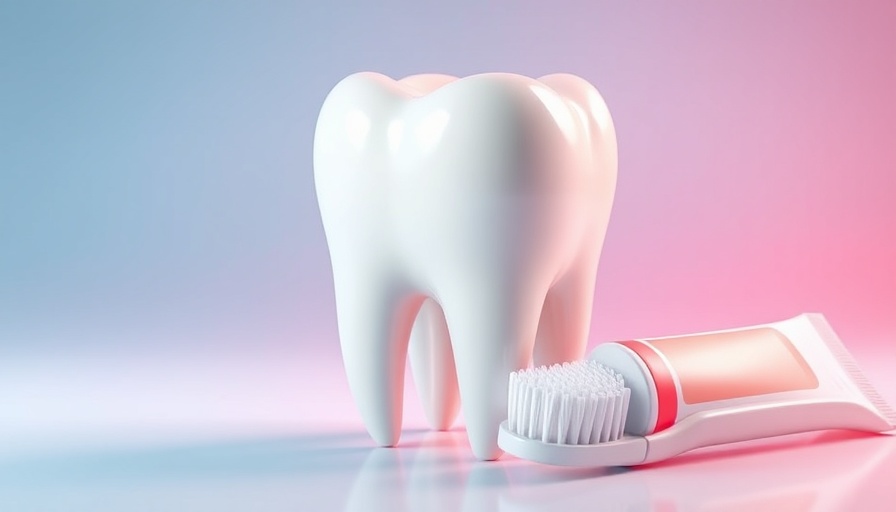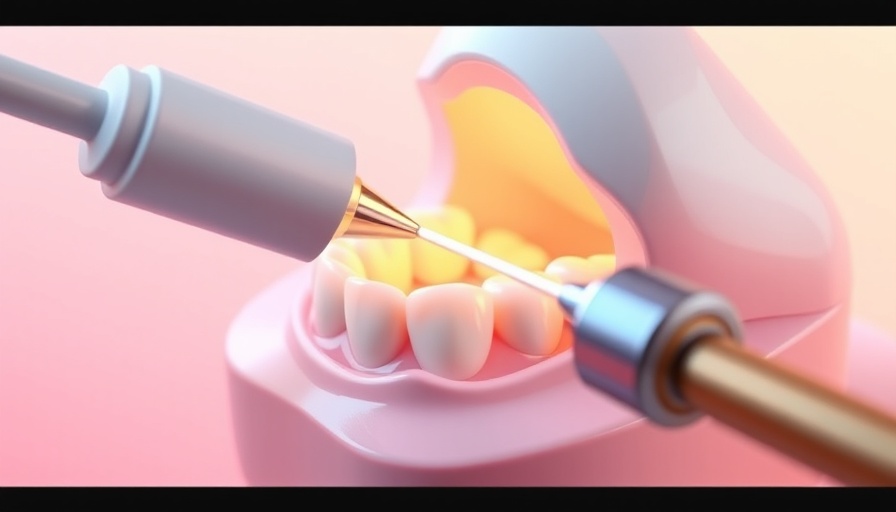
Unveiling the Causes of Noncarious Cervical Lesions
The latest research highlights crucial risk factors contributing to noncarious cervical lesions, a condition impacting many dental patients. As professionals in pediatric dentistry and orthodontics, grasping these root causes is essential for enhancing patient care and outcomes.
Historical Context and Background
Historically, noncarious cervical lesions were poorly understood, often mistaken for caries due to their presentation near the gum line. The evolution of dental technology and research has offered deeper insights into their development. Factors such as occlusal stress, tooth brushing habits, and dietary acids are now recognized as prominent risk influencers, thanks to advanced diagnostic tools fostering better differentiation from traditional caries.
Unique Benefits of Knowing This Information
For dental professionals, particularly pediatric dentists, understanding these lesions' etiologies allows for more accurate diagnosis and preventive strategies. This knowledge facilitates tailored patient education on hygiene practices and lifestyle adjustments crucial for maintaining oral health in young patients prone to damaging habits, potentially mitigating long-term damage and enhancing treatment plans in orthodontic practices.
 Add Row
Add Row  Add
Add 




 Add Row
Add Row  Add
Add 

Write A Comment